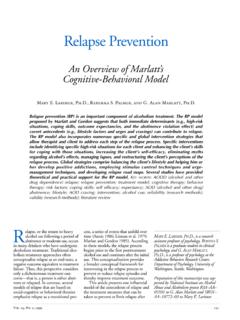Transcription of Evidence-Based Strategies for Working with Offenders
1 Evidence-Based Strategies for Working with Offenders Over the last 20 years, a critical mass of social science evidence has accumulated challenging what had previously been the prevailing notion that nothing works in the rehabilitation of of- fenders. Findings from academic and program evaluation literatures in the fields of psychology, criminal justice, sociology, and public policy suggest that Evidence-Based interventions, which ACKNOWLEDGEMENTS. effectively combine the core principles of rehabilitation (risk-need-responsivity), deterrence, 2. procedural justice, and collaboration, can significantly reduce recidivism. Additionally, emerging TABLE OF CONTENTS 3. treatments for previously undertreated and underpublicized criminogenic needs ( , cognitive- EXECUTIVE therapy for criminal thinking) are proving feasible and effective with offender popula- 4.
2 Behavioral SUMMARY. tions in the United States and abroad. INTRODUCTION 5. FINDINGS. This fact sheet seeks to distill a growing body of research about Evidence-Based Strategies in 8. five areas for reducing recidivism among criminal Offenders : (1) assessment, (2) treatment, (3) 13. RECOMMENDATIONS. deterrence, (4) procedural justice, and (5) collaboration. A. IDENTIFYING AND DEFINING THE ISSUE 14. 1. ASSESSMENT. B. CONNECTING ATTENDANCE TO FUTURE OUTCOMES 17. USE VALIDATED. C. ADDRESSING SCREENING AND. STRUCTURAL ASSESSMENT. BARRIERS TOOLSATTENDANCE. TO SCHOOL TO DETERMINE offender RISKS AND NEEDS. 21. D. PROVIDING INTERVENTIONS FOR YOUTHS AFFECTED BY, OR AT-RISK FOR, CHRONIC ABSENTEEISM 26.
3 Offenders vary widely both in the future risk they pose to public safety and in their specific CONCLUSION. treatment needs. Evidence-Based screening and assessment protocols can help criminal justice33. officials match each offender to an intervention of appropriate type and intensity. Screening WORKS CITED 34. refers to the use of one or more brief tools to identify possible risk and needs early in the justice YOUTH. systemJUSTICE. process,BOARD MEMBER. such as at the AND STAFF. booking orBIOGRAPHIES. initial arraignment stage. Screening tools indicate the36. need for further assessment and typically do not exceed 10 or 15 minutes. Assessment refers 40. APPENDIX 1: RESEARCH DESIGN.
4 To a longer evaluation process that should occur before an offender is matched to a particular APPENDIX. treatment2:type. THE Both YOUTH screening JUSTICE BOARD PROGRAM tools should be validated and should focus on 42. and assessment major criminogenic risk and need factors, or those factors that research has demonstrated to be statistically correlated with recidivism (see below). This publication was written by Michael Rempel, director of research at the Center for Court Innovation. The publication was supported by Grant No. BJA 2011-DC- BX-K002 awarded by the Bureau of Justice Assistance. The Bureau of Justice Assistance is a component of the Department of Justice's Office of Justice Programs, which also includes the Bureau of Justice Statistics, the National Institute of Justice, the Office of Juvenile Justice and Delinquency Prevention, the Office for Victims of Crime, and the Office of Sex offender Sentencing, Monitoring, Appre- hending, Registering, and Tracking.
5 Points of view or opinions in this document are those of the author and do not necessarily represent the official positions or poli- cies of the Department of Justice. Published April 2014. 1. What does it mean for a screening or assess- pants should, ideally, receive a more thorough ment tool to be validated ? It means that Evidence-Based assessment. What should the tool actually measures what it purports to such an assessment include? Research indi- measure. If the tool is attempting to measure cates that there are a group of eight crimino- risk of recidivism, it is validated if research has genic risk/need factors, known as the Central demonstrated that individuals classified by the Eight, which are strongly associated with tool as high-risk are indeed much more likely The assessment protocol should than others to re-offend and those classified cover most or all of these eight factors.
6 The as low-risk are indeed much less likely than first four (the Big Four ) are the most pre- others to re-offend. Or if the tool is attempting dictive of recidivism. They are (1) a history of to measure a clinical disorder, post-traumatic criminal behavior, (2) an anti-social person- stress disorder (PTSD) for example, it is vali- ality, (3) criminal thinking patterns, and (4). dated if research has demonstrated that, after frequent interaction with anti-social peers. further in-depth clinical assessment, those individuals that the tool flags as having PTSD Interventions that target substance abuse or symptoms are indeed much more likely than mental health often make the mistake of solely others to have a confirmed PTSD diagnosis.
7 Assessing for those problems, without also assessing for the Big Four. Less important Evidence-Based screening and assessment but also influential are the next four fac- can help differentiate Offenders both by the tors (the Moderate Four ): (5) unmarried or future recidivism risk they pose (low, medium, otherwise experiencing family instability, (6). or high) and by their unique treatment needs. unemployed/unemployable, (7) not involved Offenders may have multiple needs ( , ad- in pro-social leisure activities ( , prone to diction, employment and skill deficits, family hanging out or trouble ), and (8) substance dysfunction, or co-occurring mental health abuse. All eight of these factors are covered disorders).
8 Only a thorough screening and as- by many existing risk/need assessments, such sessment protocol can ensure that all offend- as the proprietary COMPAS or LSI-R tools or ers have their individualized needs understood the non-proprietary ORAS and treated effectively. Surprisingly, research is mixed as to whether Criminal justice institutions often lack the time or not mental health disorders are associated to conduct lengthy assessments on every with an increased risk of recidivism. Despite offender . Fortunately, a great many short the lack of a clearly proven link between men- screening tools have been developed, involv- tal illness and recidivism, mental health disor- ing anywhere from six to 30 questions.
9 Texas ders can still deeply affect the quality of life Christian University is perhaps especially no- of those in treatment. In addition, if left unad- table for the large number of non-proprietary dressed, mental health problems can interfere ( , free of charge) screening tools it has with the effectiveness of treatments for the developed, covering these topics and many Central Eight That is why it remains useful to supplement assessment for the Central Eight with a screening or assessment Short screening tools can be used to weed protocol focused on trauma/PTSD and other out ineligible Offenders . However, before major mental disorders ( , bipolar disorder, assignment to specific interventions, partici- major depression, schizophrenia).
10 2. 2. TREATMENT. APPLY RISK-NEED-RESPONSIVITY (RNR) PRINCIPLES WHEN MATCHING Offenders TO INTERVENTIONS. The past 50 years of research has provided she/he deserved it, or blaming others for one's support to three principles of offender inter- own actions). The concept of criminal thinking vention that are generally identified with the also encompasses poor judgment and decision- Canadian researchers Donald Andrews and making skills ( , high levels of impulsivity James Bonta, but have been embraced across and reactions based in anger), often leading the Western Hemisphere. They are Risk, Need, to anti-social behavior. Fortunately, effective and Responsivity. treatments exist for criminal thinking, such as Thinking for a Change (T4C), Moral Recona- Risk Principle: This principle recommends tion Therapy (MRT), or Reasoning and Reha- varying the intensity of treatment by risk level.
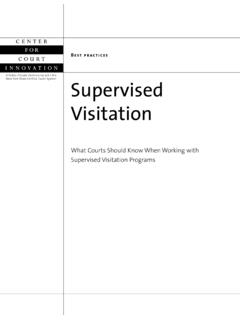
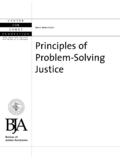



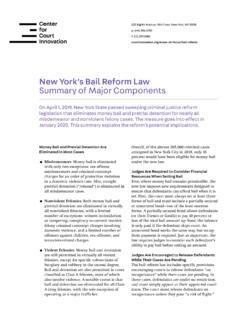
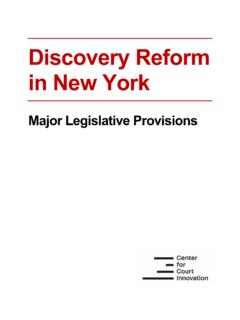

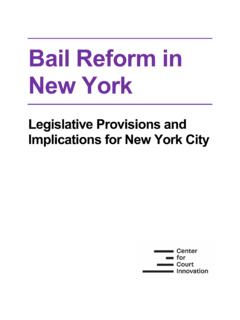
![}Pv] À Z µ µ ]vP - talkplus.org.uk](/cache/preview/4/9/6/a/f/1/5/1/thumb-496af15179c6497196258e61ba16c069.jpg)

